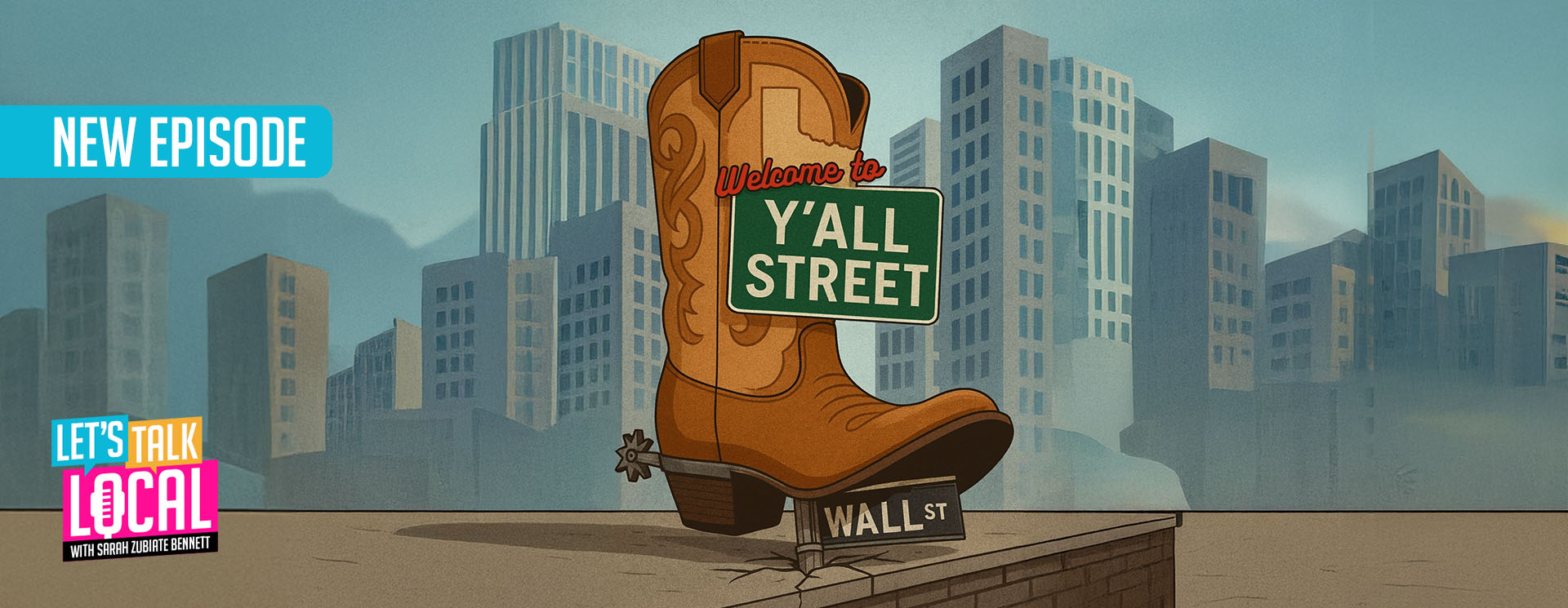The housing market is increasingly competitive as for-sale inventory drops to new lows. Demand and supply forces continue to push home prices higher both statewide and nationwide.
According to the National Association of Realtors (NAR), existing-home sales rose 6.7% in January from December. In one year, the national median home price increased by 15.4% to $350,300.
Dallas-Fort Worth is not immune to rising home prices and mortgage rates. According to the 2021 Texas Realtors report, more than a quarter of statewide home sales occurred in the DFW area. The statewide median sale price soared 15.7% versus 18.6% in the metroplex. Regional home sales dipped by 0.2% from 2020 to 2021.
The main challenge is managing multifaceted issues and market forces that influence home prices. Rising rent prices are driving the demand for homes among first-time buyers. Paying higher rents undercuts their ability to save for a home. Sidelined buyers help drive up rents, creating a vicious cycle.
“The inventory of homes on the market is currently at an all-time low,” NAR’s Chief Economist Lawrence Yun said in a statement.
Buyers who can afford a house move quickly to secure their dream home; real estate agents are closing sales in days for more than listed prices.
The market is highly competitive at lower price points, where investors or cash buyers can outbid cash-strapped first-time buyers. NAR’s data shows that cash-only sales accounted for 27% of transactions in January, up from 19% in January 2021. And first-time buyers acquired 27% of homes sold in January, down from 33% in January 2021.
Investors increasingly rely on all-cash sales to acquire more properties ahead of other buyers. In 2021, investors bought one-in-seven homes sold in top metropolitan areas. This figure peaked in the final three months of 2021, with investors acquiring 15% of all homes sold in forty U.S. real estate markets. They purchase homes to rent out or flip to new buyers. Aggressive investor activity increases home prices, making homeownership more difficult for those with less money to spend.
The shortage of homes on the U.S. market will continue to push up home prices. According to the Commerce Department, residential permits rose 0.7%, and housing starts fell 4.1% in January. These metrics measure U.S. home-building growth and health.
Supply-chain issues and labor shortages undermine efforts to meet the demand.
“It will take years to build our way out of the supply-and-demand imbalance,” Navy Federal Credit Union’s Corporate Economist Robert Frick told the Wall Street Journal.


